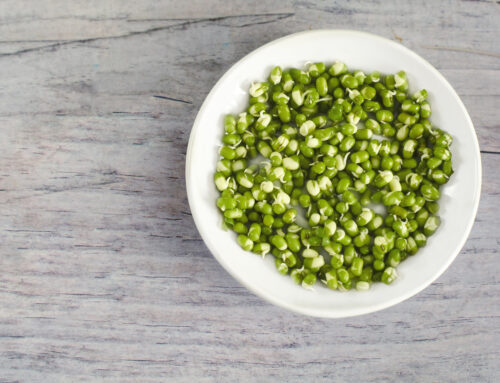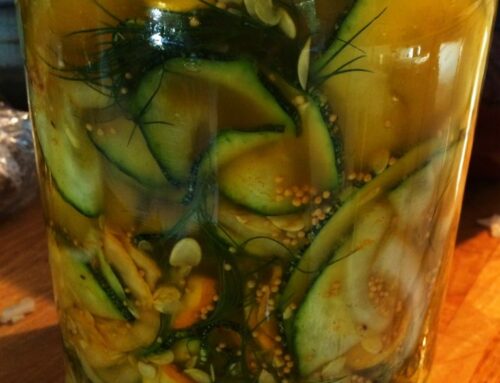 High fat? Low fat? No fat? What do we really need to know? For many of us, the message can be reduced to this simple sentence. There is just one type of fat that we need to add to our diets: the omega-3 fatty acids.
High fat? Low fat? No fat? What do we really need to know? For many of us, the message can be reduced to this simple sentence. There is just one type of fat that we need to add to our diets: the omega-3 fatty acids.
There are two distinct families of polyunsaturated fats, omega-6 and omega-3. Both are vital to health. Within each family, there is one essential fatty acid that must be present in our diet; from this “parent” fatty acid, other family members can be produced in our bodies, including longer molecules called highly unsaturated fatty acids (HUFAs).
The two families perform functions that are necessary and that counterbalance each other. Compounds called eicosanoids made from HUFAs in the omega-6 family increase blood pressure, inflammation and cell proliferation or division. Those formed from HUFAs in the omega-3 family protect against these responses. While we need the eicosanoids formed from the omega-6 family, when we produce too much, our risk of chronic disease increases.
One of the HUFAs in the omega-3 family is docosahexaenoic acid (DHA). It is an important part of the gray matter of the brain, the retina of the eye and other specific cell membranes. Low levels of DHA have been associated with conditions such as depression, schizophrenia, Alzheimer’s disease and attention deficit hyperactivity disorder (ADHD). We must get enough DHA either by making it from the parent omega-3 fatty acid or by getting it directly from foods. One direct source of DHA is fish; however, we can also get DHA now from microalgae, which is actually the origin of DHA present in fish. I find that some of my clients benefit from direct sources of DHA and recommend taking it in veggie caps as an optimal way to get this HUFA.
A MATTER OF BALANCE
Our diets provide a multitude of sources of omega-6 fatty acids: all sorts of grains, seeds and seed oils, nuts, soyfoods and animal products. Omega-3 fatty acids are present in far fewer foods. Usually our diets provide 10 to 20 times as much of the omega-6s as of omega-3s. Experts recommend that a more ideal balance would be two to six parts omega-6 fatty acids to one part omega-3 fatty acids.
THE BOTTOM LINE
My co-authors and I cover these complex issues of dietary fats in our books: Becoming Vegan, and Becoming Raw. Here are a few simple guidelines that can restore your balance.
- Limit your use of polyunsaturated oils rich in omega-6 fatty acids and high-fat processed foods that are high in these oils. Oils that are high in omega-6 fatty acids are sunflower, safflower, corn, soybean oils and cottonseed oils; also check labels on processed foods for these oils.
- Include good sources of the omega-3 fatty acid in your diet. Rely on flaxseeds, flaxseed oil, hempseeds, hempseed oil, canola oil, walnuts and green leafy vegetables. Flaxseeds and flaxseed oil are by far the richest sources; one teaspoon of flaxseed oil or one and a half tablespoons of ground flaxseed can give your day’s supply; doubling this amount may give you a valuable safety margin. Other sources are walnuts, tofu and soybeans, leafy greens.
Although balance type oils provide a good balance of omega-3s and 6s if they were our only source of dietary fat, they are not our best choice because dietary intakes of the omega 6s already are more than ample.
[su_divider]
Vesanto Melina is the lead author of the Academy of Nutrition and Dietetics’ current Position Paper on Vegetarian Diets. She is co-author of award winning books that are classics on plant-based nutrition, most with Brenda Davis, and now in 11 languages. Brenda and Vesanto’s most recent book, Becoming Vegan: Comprehensive Edition, written for dietitians, MDs, other health professionals, and nutrition enthusiasts, has exhaustive research with 620 pages entirely referenced.






